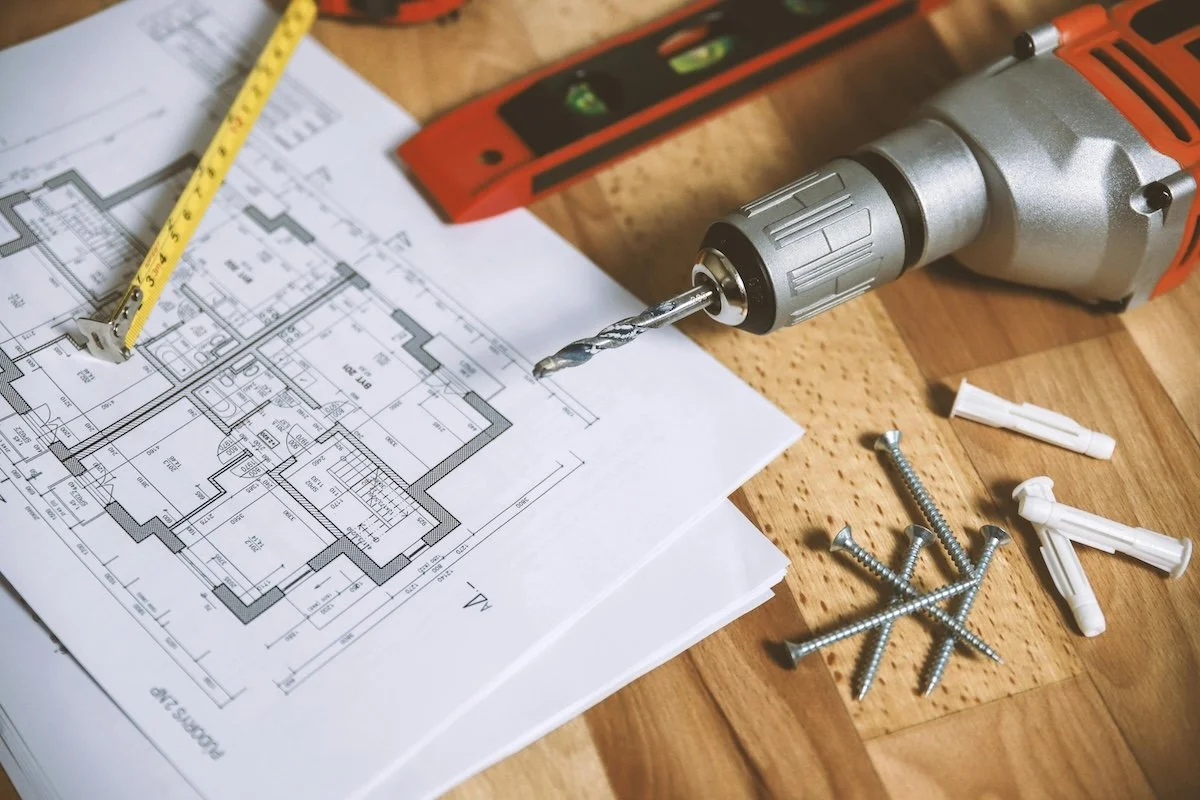Can You DIY a Radon Mitigation System? Here's Why You Probably Shouldn't
If you’ve recently learned about radon, your next thought might be: “Can I install my own radon mitigation system and save some money?” We get it. Home improvement projects can be satisfying and cost-effective. But when it comes to mitigating radon (a naturally occurring, radioactive gas that is the second leading cause of lung cancer deaths in the US), it’s not the time to roll up your sleeves and hope for the best.
So, before you head to the hardware store for some PVC pipe, let’s walk through why radon mitigation systems are best left to the professionals — and what could go wrong if you try to DIY this major home-safety component.
What Is Radon, and Why Should You Care?
Radon is an invisible, odorless, tasteless gas that occurs via the natural breakdown of uranium in soil, rock, and water. It creeps into homes through cracks in the foundation, sump pumps, crawlspaces, and other entry points.
Because it’s undetectable without proper testing, many homeowners don’t know they have elevated radon levels until they test — or until it’s too late. The EPA recommends taking action when radon levels exceed 4.0 picocuries per liter (pCi/L), but even lower levels can pose risks over time. This isn’t just about comfort, it’s about long-term health and safety for you, your family, and your pets.
Can You DIY Radon Mitigation?
The internet is full of DIY radon tutorials, and we understand why it’s so tempting to follow one. Many make installing a radon mitigation system seem as easy as drilling a hole, dropping in some PVC pipe, and wiring up a fan. Unfortunately, that oversimplification can often lead to ineffective (and potentially dangerous) systems that suffer from problems like:
Incorrect Fan Sizing: Using the wrong radon fan can mean that your radon reduction system doesn’t create enough suction to reduce radon properly — or creates too much, resulting in a backdraft that can reverse the flow of combustion gases from appliances and draw other harmful substances like carbon monoxide into your home.
Poor Sealing: Without properly sealing foundation cracks and other gaps in your home, radon can continue to enter your home, despite the DIY radon mitigation system.
Ineffective Sub-Slab Evacuation: If the system doesn’t have access to enough of the soil beneath your home or can’t create enough suction beneath the foundation, it won’t effectively pull the radon out. Professionals have the knowledge and tools to test for this and make proper radon evacuation channels.
A Lack of Verification: Pros use specialized tools to measure vacuum pressure, flow rates, and post-install radon levels. Most DIYers don’t have access to this kind of equipment, so there’s no real way to know if your system works until you continue testing for high radon levels.
In addition to the issues above, DIY radon mitigation systems may not comply with state radon codes or standards, which can pose a problem when you try to sell your home — especially if the buyer hires a home inspector or qualified radon professionals to check the system.
Who Installs Radon Systems?
Ultimately, we don’t recommend that homeowners install their own radon reduction systems for the reasons we listed above. We know that the cost of a radon mitigation system can feel imposing, with a range of about $1,000–$2,000, depending on your location. But if you subscribe to the adage, “An ounce of prevention is worth a pound of cure,” like we do, a professional radon mitigation system becomes quite cost-effective compared to the potential health complications radon exposure can pose in the long run.
Radon systems go beyond just the hardware. They’re about science, precision, and accountability. If your radon levels are high, your health is at stake. Trusting your system to a certified, experienced radon mitigation contractor ensures you get the protection and peace of mind you deserve.
If you’re looking for someone to mitigate your home, you want to choose certified radon professionals credentialed through National Radon Proficiency Programs (NRPP) — like The Radon Guys. We’re Middle Tennessee’s trusted source for expert radon mitigation. Our team is trained to assess your home, design a system tailored to its unique construction, and install it to meet all current codes. We also offer accessible financing and ongoing maintenance service plans, so your home (and your wallet) stay protected for the long haul.
Put Away Your Tools and Call The Radon Guys
While DIY radon kits may seem like a money-saving solution, improper installation can lead to ineffective results, ongoing exposure risks, and more costs down the road. The Radon Guys are NRPP certified and will ensure your system is built to code, tailored to your home, and tested for proven performance. Request a professional assessment today and make sure the job is done right the first time.


